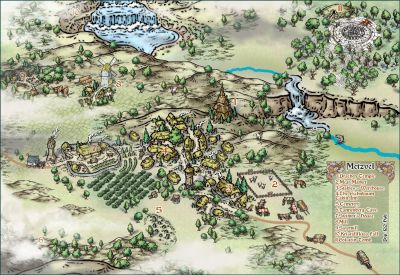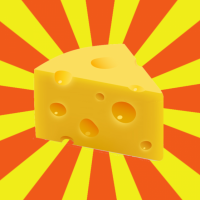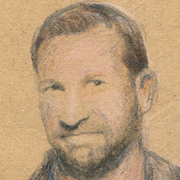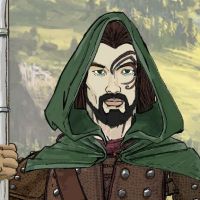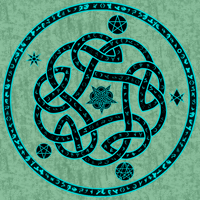
Monsen
Monsen
About
- Username
- Monsen
- Joined
- Visits
- 692
- Last Active
- Roles
- Administrator
- Points
- 8,940
- Birthday
- May 14, 1976
- Location
- Bergen, Norway
- Website
- https://atlas.monsen.cc
- Real Name
- Remy Monsen
- Rank
- Cartographer
- Badges
- 27
-
Question re scale.
-
Problem making a symbol fill
The issue here is with the wide lines. Unfortunately, symbol fills cannot have lines with a width other than 0, nor can they have solid filled polygons.
If you change the line width to 0, it should work, but that probably won't be the look you are after then.
You're probably better off making that as a png image instead and using it as a regular bitmap fill instead.
-
New Humble Bundle
The WBC is a collection of previous published articles. They have been cleaned up, organized, and formatted for publishing in a pdf format, but they don't contain any new information from the original articles. It's a mix of articles that talk about word building in general, and articles that focuses more on the CC3+ side of things.
There's also some additional tutorials bundled with it which I haven't been able to look over, but I believe those are sourced from the annuals.
-
[WIP] Community Atlas - Kumarikandam - Xinxing - Ylangxi City
-
Forgotten Realms Interactive Atlas repairs.
@thehawk wrote:
Is there a way to harvest links out of the map files without having to visually scan each one?
You can just list out all the hotspots
LIST -> hit T (for entity type) -> check the Action: 2D Hotspot option -> Hit OK -> hit D (for do it)
The great thing here is that CC3+ remember the checked option in the entity type list between maps (in the same CC3+ instance) so the next time you hit T to go into that list, the 2D hotspot option will already be checked so you don't have to scroll through looking for it every time. (You still have to open that dialog every time though to add entity type as a criteria)
It shouldn't be hard to write an XP module that lists all the links in a map either, and combined with the MULTIFILESCRIPT command should allow all links in all maps to be listed.
-
Why Does a Hidden Sheet reshow when I zoom in/out with mouse wheel?
Which sheet is that? You cannot hide the the sheet CC3+ wants to place the symbols on. For example, most regular symbols goes to the SYMBOLS sheet, so that will be unhidden whenever you pick a symbol from the symbol catalog (but the screen isn't immediately redrawn, so it won't be visible until you do an action that redraws the screen, such as zooming in/out)
If this is what's happening for you, you can handle it in two ways. Either turn off the option "Symbols choose their own sheet" from the options button in the symbol catalog, OR make sure your current sheet is named something that starts with the word SYMBOLS since CC3+ will then use that instead of the main SYMBOLS sheet.
(Note that some special symbols defaults to another sheet than SYMBOLS, they would show the same behavior with whatever sheet they were set to go on)
-
Create new Symbol Catalogue
It is a limitation of the Wizard. If you use the pre-defined template option instead of decide settings myself, you can just pick the symbol catalog template and it will use it without you requiring to save the file as a fcw first.
When you hit save from the first time then, you can pick the symbol catalog type directly.
-
How to Zoom to a specific %
You can't zoom to a specific % because that concept doesn't really exist in CC3+. CC3+ is CAD software, and the content is always rendered to whatever size you select, there isn't a "full", "print" or "actual" size.
With an image editor, zooming to 100% makes sense, because that means that each pixel in your image is being showed as the same size as a pixel on your screen, but CC3+ maps aren't expressed in pixels.
For print size, that really depends on what scale and paper size you want to print at. As with showing on screen, print isn't a fixed size, CC3+ renders the output to match your print settings.
Considering your screen is likely to be much larger than a sheet of paper (unless you are working on a laptop screen), zooming to show the same content that will be on your paper wouldn't really give a perfect view of how it looks on paper anyway, since the paper is so much smaller.
-
Run a report of symbol locations
You can run the LISTIMAGENAMESDWG command to do this. It will list all the images in a drawing, and tell you if it is a fill style image (bmpsty) or a symbol/inserted image (pictr2)
You can also use my custom command that list images sorted by addon. Note that the accompanying data file is a bit out of date, so a lot of files will be identified as unknown add-on.
-
Lighting Issue



